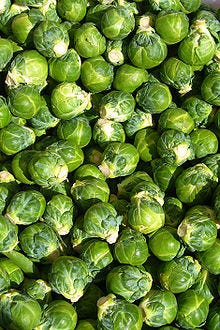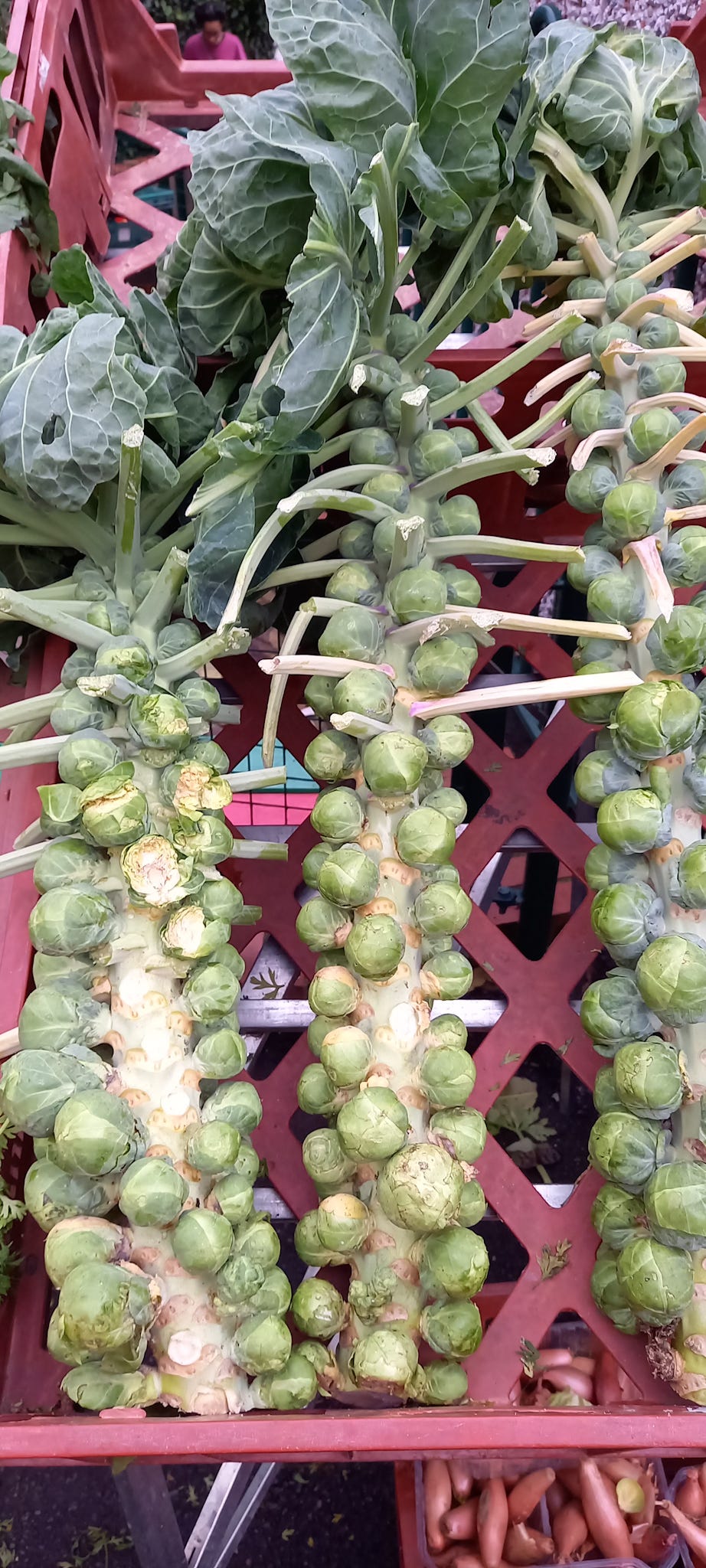When a posting to Brussels loomed, I asked around for what I could expect beyond a range of peeing statues. “Brussels? Ooh, you’ll love it! It’s so easy to drive to Paris/Milan/Zurich from there!” “Great. But what about the city itself?” “Couldn’t say, really. I get out of it at weekends. To Paris/Milan/Zurich. Mind you, it’s fantastic for a weekend visit.” “The posting is three years.” “Ah.”
“Ah” indeed. I feel no remorse in writing this disparagement since the Belgian ambassador to Washington DC at the time openly said that his Belgian wife hated her capital. Besides, three days is the absolute outside you can spend gorging on chocolates and intensely rich food based on cream and foie gras and frites with mayonnaise and heart-attack-inducing gourmand contrivances. Belgium has a population of eleven-and-a-half million people. It has 767 Michelin-star restaurants. 209 of them are in Brussels. If you’re posted there, you’ll have a fabulous time if you’re single and on a good salary. Being single and on a good salary is all about Michelin meals-for-two and chocolates, n’est-ce pas?
Apart from its Brexit battles with Britain, the other thing Brussels is renowned for, in a Marmite way, is its sprouts.
Brussels sprouts are the lone element of Brussels of which I am a passionate devotee (because London now cooks the best food in Europe and is stuffed with its own inventive chocolatiers: Discuss.
I suspect one of the reasons people may be against Brussels sprouts is their reputation for bitterness. But in the 1990s, Hans van Doorn, a Dutch scientist, identified the two chemicals which caused that bitterness. Since then, seed companies have been able to cross-breed the vegetable to reduce if not eliminate it.
The other obstacle is they have for too long been overcooked. The pressure cooker did the British home-cook no favours, different vegetables of different consistencies being loaded into separate metals baskets to be high-steamed together in one go. They emerged all with the same flavour and the same texture - that of a natural bath sponge - and smelling, like Brussels sprouts, of rotten eggs.
Related to broccoli, cabbage, kale, collard greens, and kohlrabi, Brussels sprouts are a member of the Gemmifera (bud-producing) cultivar group of cabbages. Surprisingly, the Brussels sprout, like the cabbage, is native not to some chilly sulphuric countryside but to the Mediterranean. Ancestors of the modern sprout were grown in Ancient Rome, emerging in northern Europe in the 5th century. It wasn’t until the 13th century that they began to be cultivated near Brussels, becoming, by the 16th century, a hugely popular vegetable there.
Brussels sprouts were brought to the US in the 18th century by French settlers to Louisiana. Plantings began in the 1920s in California’s Central Coast, flourishing in that region of fogs and cool temperatures, taking off significantly in the 1940s. A smaller crop is grown in the Skagit Valley in Washington State and on Long Island in New York, both places with cool springs, mild summers and rich soil. Only around 15-20 percent is grown for fresh consumption. The rest is frozen.
They became popular in Britain around the end of the 18th century, the same time that promoter of Christmas Prince Albert brought to the UK, with his marriage in 1840 to Queen Victoria, the German tradition of decorating pine trees. This was the period when the turkey took over from the goose as the centrepiece of the grand meal. These birds could serve more people than the goose, and with the arrival of the railways, became easy to deliver from Norfolk turkey farms to London. Along with potatoes, cabbage, parsnips and carrots, Brussels sprouts had an established role at the festive table, if at no other time of year, maybe because they, too, are a cold weather crop.
Then around 2012, in the US an extraordinary thing happened. You couldn’t move for Brussels sprouts sprouting up on every respected restaurant menu. “Trendy New York restaurants gussy them up with pig fat,” wrote L.V. Anderson in 2012 in an article for Slate, “and sell them by the tiny $8 plateful.” He pointed to David Chang of New York’s Momofuku as responsible for this transformation of the humble vegetable so popular, “He had to take them off the menu for his cooks’ well-being.” Chang pan-roasted them with bacon (so far, so like my mother’s method) then tossed them with puréed kimchi (absolutely not like my mother). Every single table ordered them.
At his next venture, Momofuku Saam Bar, he fried and tossed them with pickled Thai and Korean chilies, fish sauce, garlic and mint, topping the dish with fried Rice Krispies. As one does. From dreaded canteen staple, the Brussels sprout was transformed into foodie favourite, fanfared and photographable. Yummy Mummies lined up at farmers’ markets to buy them on the stem to decorate their tables when hosting dinners catered by DoorDash or Just Eat.
This is my mother’s pre-David Chang’s version of his success story, good for Thanksgiving and Christmas feasting and any other time of year.
Serves 4. For more, simply double up
1 tablespoon butter
250g/8oz bacon, roughly chopped, or lardons
500g/1lb Brussels sprouts, trimmed and halved
handful of crispy fried onion (optional), best from Asian supermarkets
Salt and freshly ground black pepper
For a vegetarian version: zest of a large lemon and a handful of chopped toasted hazelnuts
Melt the butter in a heavy bottomed frying pan over medium-low heat till melted then raise to medium-high and fry the bacon until crispy.
With a slotted spoon, transfer the bacon to a paper towel lined plate.
Add the Brussels sprouts to the pan, stir thoroughly to coat them in the bacon fat. Reduce the heat to medium-low and cover the pan with a lid. Cook for 5 minutes - or more if you prefer your sprouts really soft.
Add the bacon back into the pan. Cook, uncovered, for a few more minutes until the Brussels sprouts are as tender and browned as you want. Quickly turn them once.
Season to taste with salt and pepper, remembering the bacon is already salty. Pour into a warmed tureen and sprinkle over the crispy onions and serve.
If you want to make a vegetarian version, eliminate the bacon, obviously. Once you have completed the recipe, grate over and fold in the zest of a lemon, squeezing some of the juice over to taste. You may prefer not to add fried onions. But chopped toasted hazelnuts go well.
Happy Thanksgiving to all those fortunate enough to be celebrating it.








Delicious! Another favourite is Brussels with anchovies and chestnuts.
So good to see the much-maligned brussels sprout getting a feature to itself! I cook mine with bacon, too, though I think the hazelnut version sounds pretty good. One variety - it's a cross - that I particularly like is the Flower sprout; grows just like the Brussels, but is an open, purple version. Try it pan-fried (butter, of course!) with a sprinkle of orange zest, a squeeze of orange juice, and grated apple. Particularly good with a roast of lamb ...